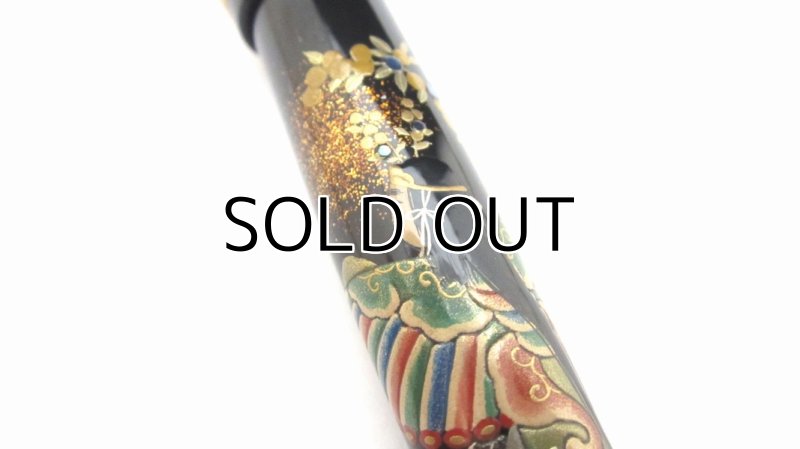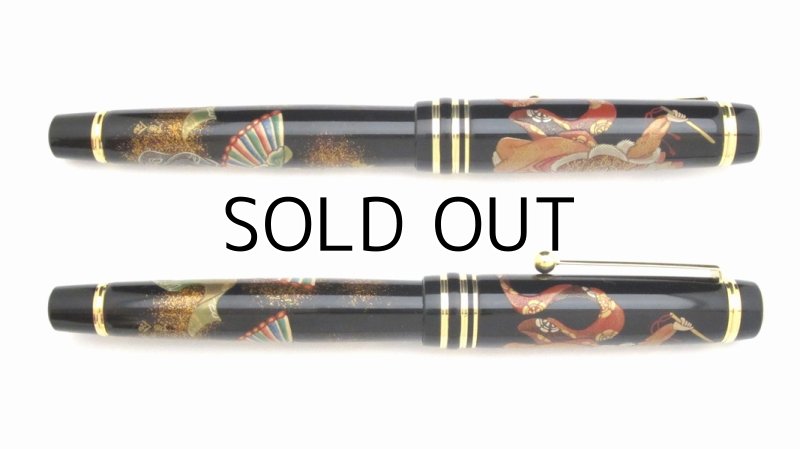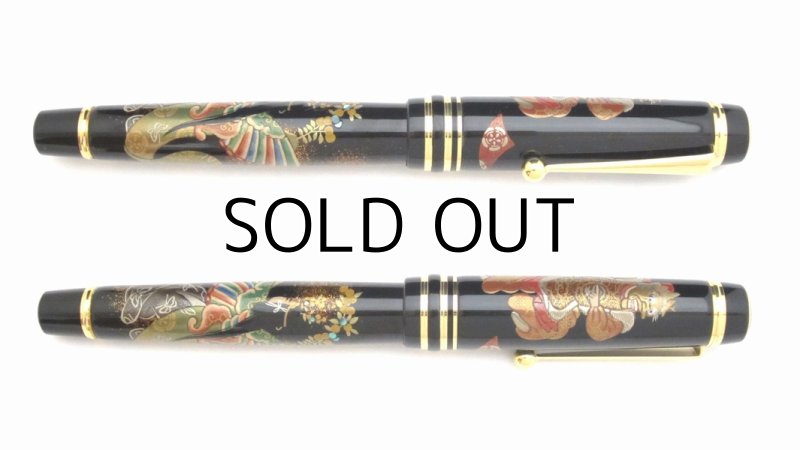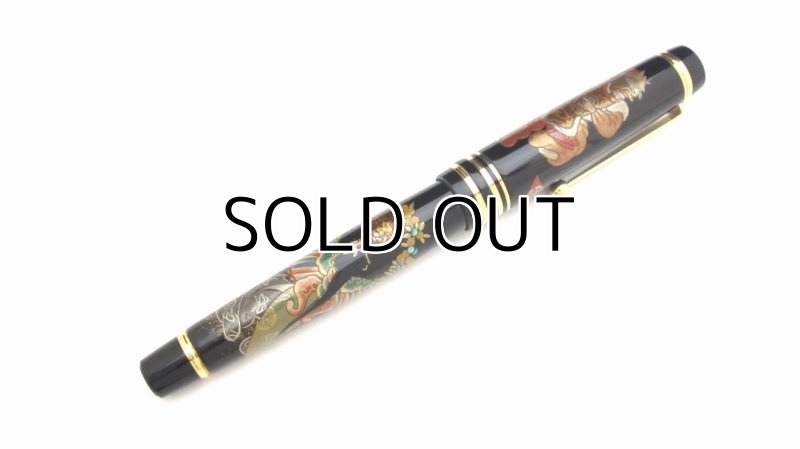AGJ Original Maki-e Fountain Pen #21 "Bugaku" Sparkling Togidashi Taka Maki-e Kyoto Japan Wa
AGJ Original Maki-e Fountain Pen #21 "Bugaku" Sparkling Togidashi Taka Maki-e Kyoto Japan Wa
Please contact us from here for the price.
Item Description
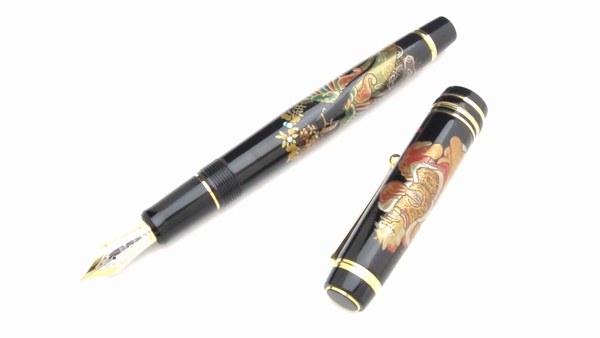
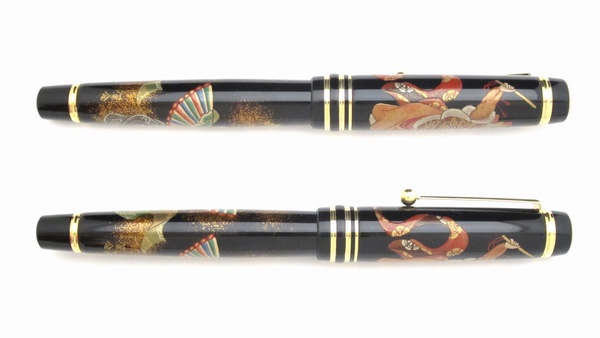
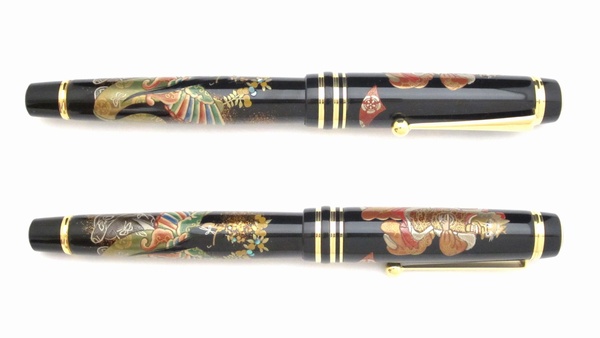
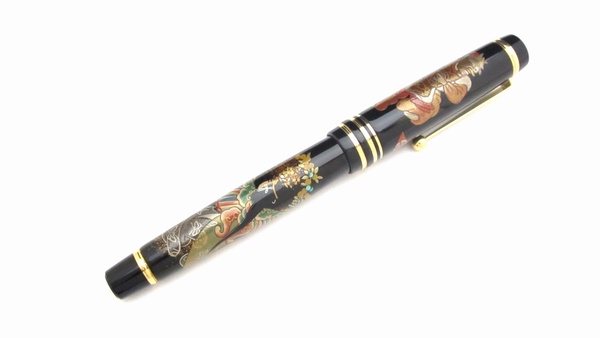
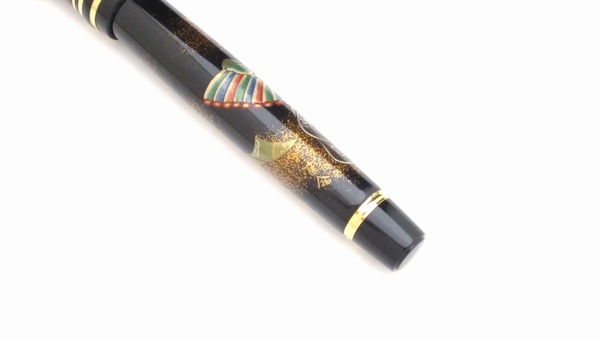
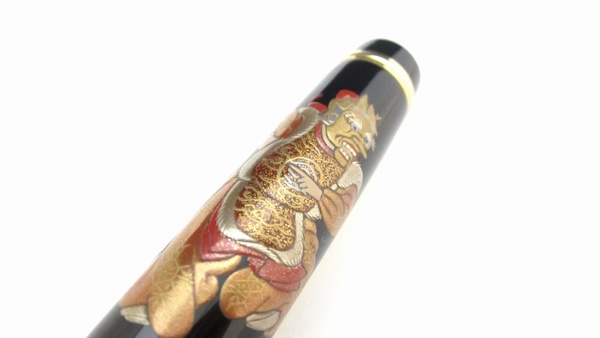
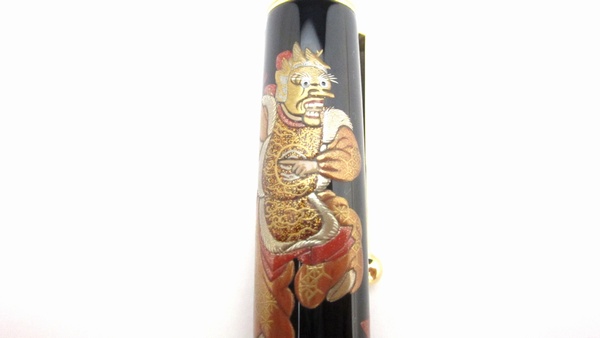

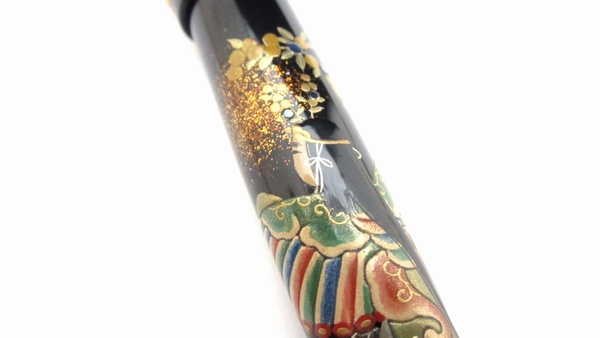
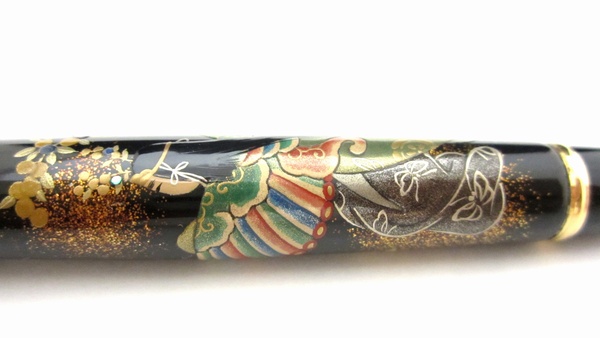
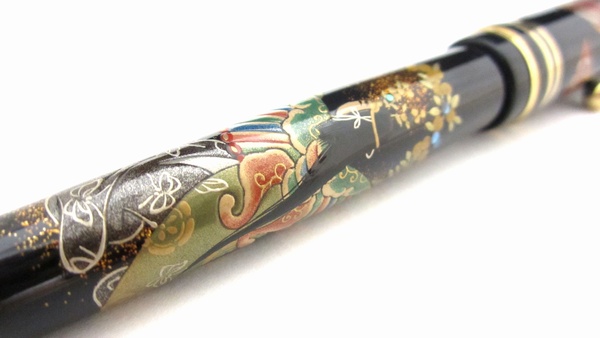
This Authentic Goods from Japan's Original Maki-e Fountain pen is made by famous Kyoto Maki-e Artisan "Yuri".
This pen is only one in the world. You can not find it anywhere.
Kyoto Maki-e is the best known Maki-e technique in Japan.
This is original maki-e fountain pen based on Japanese fountain pen.
[Description]
Name: Bugaku (Dance & Music) #21 (Pilot Namiki Original)
Maki-e Artist: Yuri
Technique: Togidashi Taka Maki-e
Origin: Kyoto, Japan
Nib: 18K Gold
Nib size: Medium
Size: 15.9mm(Dia.) x 147mm
Shipping: FREE SHIPPING!
Others: With CON-70 converter
Custom engraving service on AGJ's original Maki-e fountain pens is available for those who wish.
1. The lead time: it takes 10-14 days on top (orders without this service will be usually dispatched in 3-5 days after confirming the payment).
2. The cost: US$100.00.
3. The letters of the name engraved will be engraved in gold just as the signature of the Makie artisans of Original fountain pens.
4. Please send us the sample letters which you wish to engrave on the pen (there could be a case where we are unable to engrave the letters of your choice after consulting with the Makie artisans. Letters can be in Japanese Kanji, Katakana and Hiragana but if you choose Kanji, we will use phonetic symbols).
5. Please indicate the exact position where you wish to have your name engraved (please understand that there could be a case where we may have to change the position of engraving after consulting with the Makie artisans).
*Please contact us should you have any queries regarding custom engraving service.
[Techniques used for Bugaku (Dance & Music)]
Technique: Togidashi-taka Maki-e (Makie)
"Raryo-Oh (6th century Famous Chinese Military Commander)" Dance and "Kocho (Butterfly)" Dance.
Both motifs are made using "Taka (Raised) Makie" technique.
The background of "Kocho" is made with genuine gold "Nashi-ji" powders which are sprinkled over to create the gradation effect. The technique used is "Togidashi (Burnished) Makie".
Raryo-Oh
The eyes are made with nacre (inner shell layers).
The Costume part:
As for the parts painted by vermilion, genuine gold powders are coated with vermilion lacquer. The frilled decorations on Ryo-Oh (costume on top) are made using genuine silver. So is Tabi (Japanese socks).
Although the genuine gold powders are mostly used for decorative patterns of the costume, the long part of the costume which is trailing toward the back is made with both genuine gold powders (for the outer part) and genuine silver powders (for the inner part).
The round circle in the centre of the chest is made with genuine platinum.
The Other part:
The genuine gold powders are sprinkled to create the mask. The head is drawn using genuine silver powders and the accessories on his hair are created using genuine gold powders.
His hands are drawn with white Urushi lacquer.
The genuine gold powders are sprinkled to paint the stick he is holding. The belts are coated with vermilion lacquer.
Kocho (Butterfly):
The nacres (inner shell layers) are fixed on some of the flowers.
The Costume part:
The blue parts of the wings are created using genuine silver powders, while genuine gold powders are used for the red parts and the green parts of the wings.
The whole wings are coated with coloured Urushi lacquers first and then the parts where gold powders and silver powders are sprinkled are polished.
The arabesque patterns over the wings are drawn by sprinkling genuine gold powders.
Genuine platinum powders are used for "hakama (Japanese pantaloons)" while genuine silver powders are used for patterns of "hakama".
The trailing parts on the back are sprinkled with genuine gold powders. Some parts of them are painted with green lacquers. Both gold powders and silver powders are used for the different parts of the patterns on the costume.
The Other part:
Only coloured lacquers are used to draw the face and the hair.
[Yuri's Career]
Year 1981 Born in Kyoto
2001 She followed the family trade of Lacquered tea utensils making and started to work at Studio "Manju" owned by her family.
She took charge of design and decoration of Lacquered.work (Maki-e).
She also studied the traditional Japanese Painting at Kyoto University of Art and Design.
2009 The Japanese lacquered tea ware (Usuchaki) made by her won the Kyoto Governor Prize at the 40th Kyo Laquered Ware Exhibition aka (Raised) Makie" technique.(the prize was won under the Studio's name).
Her work was also selected for the 49th Japan Crafts Exhibition.
